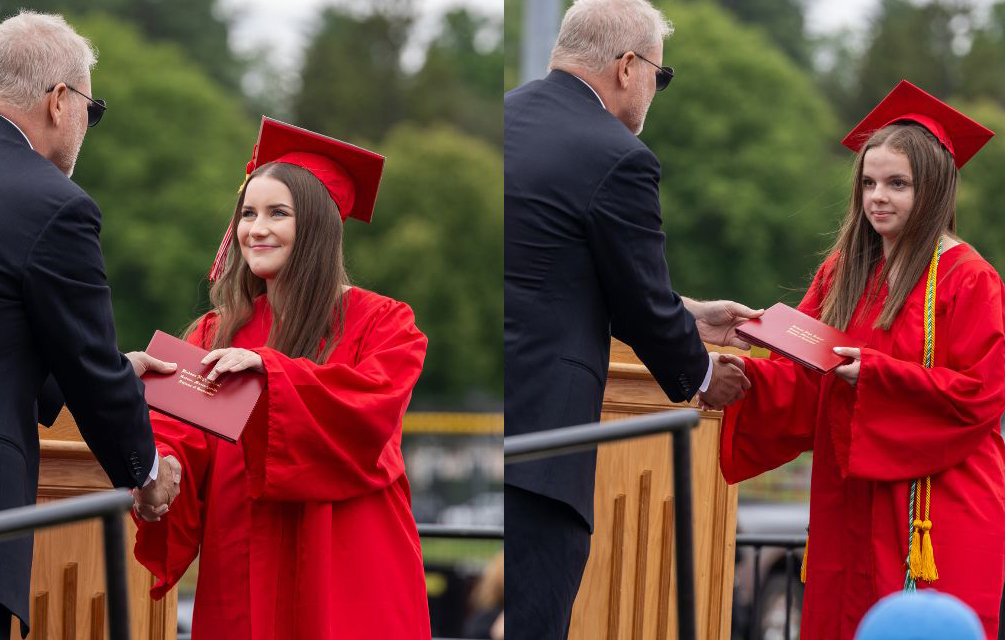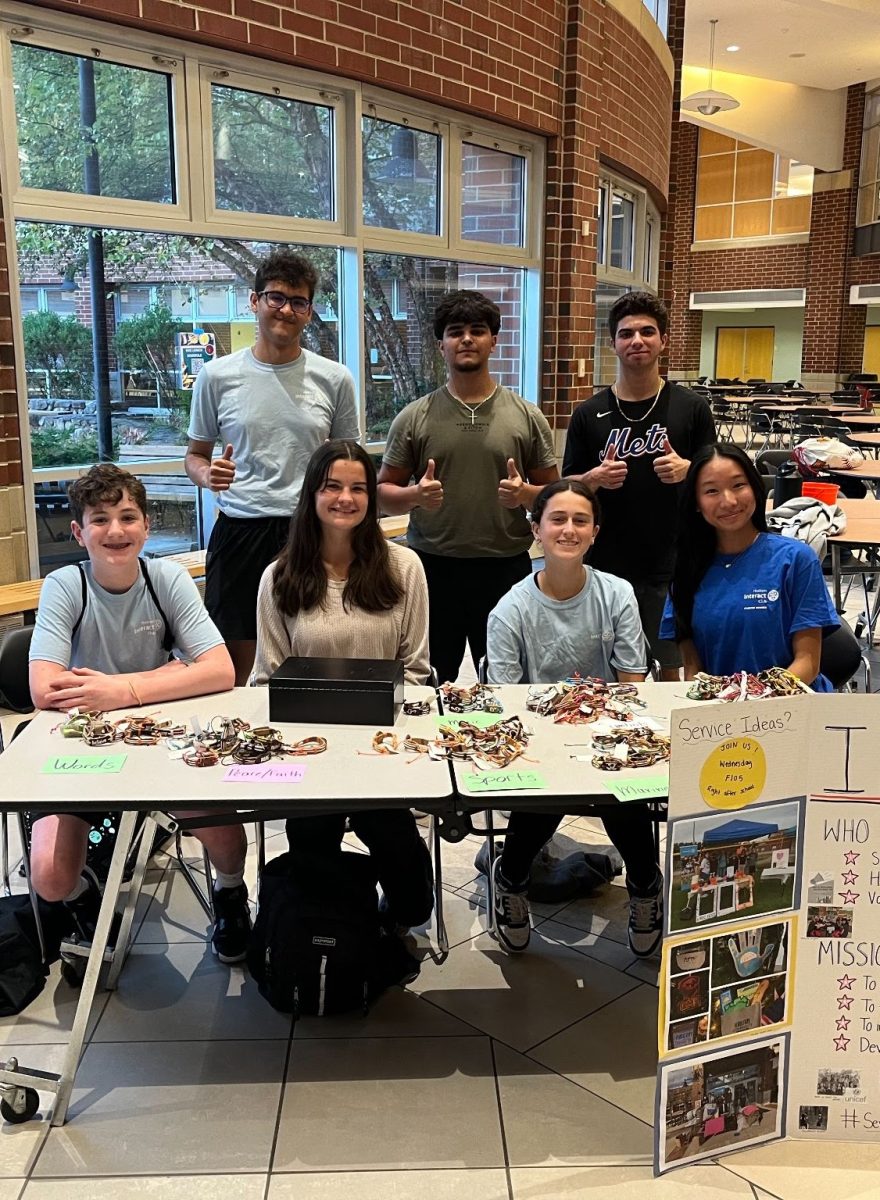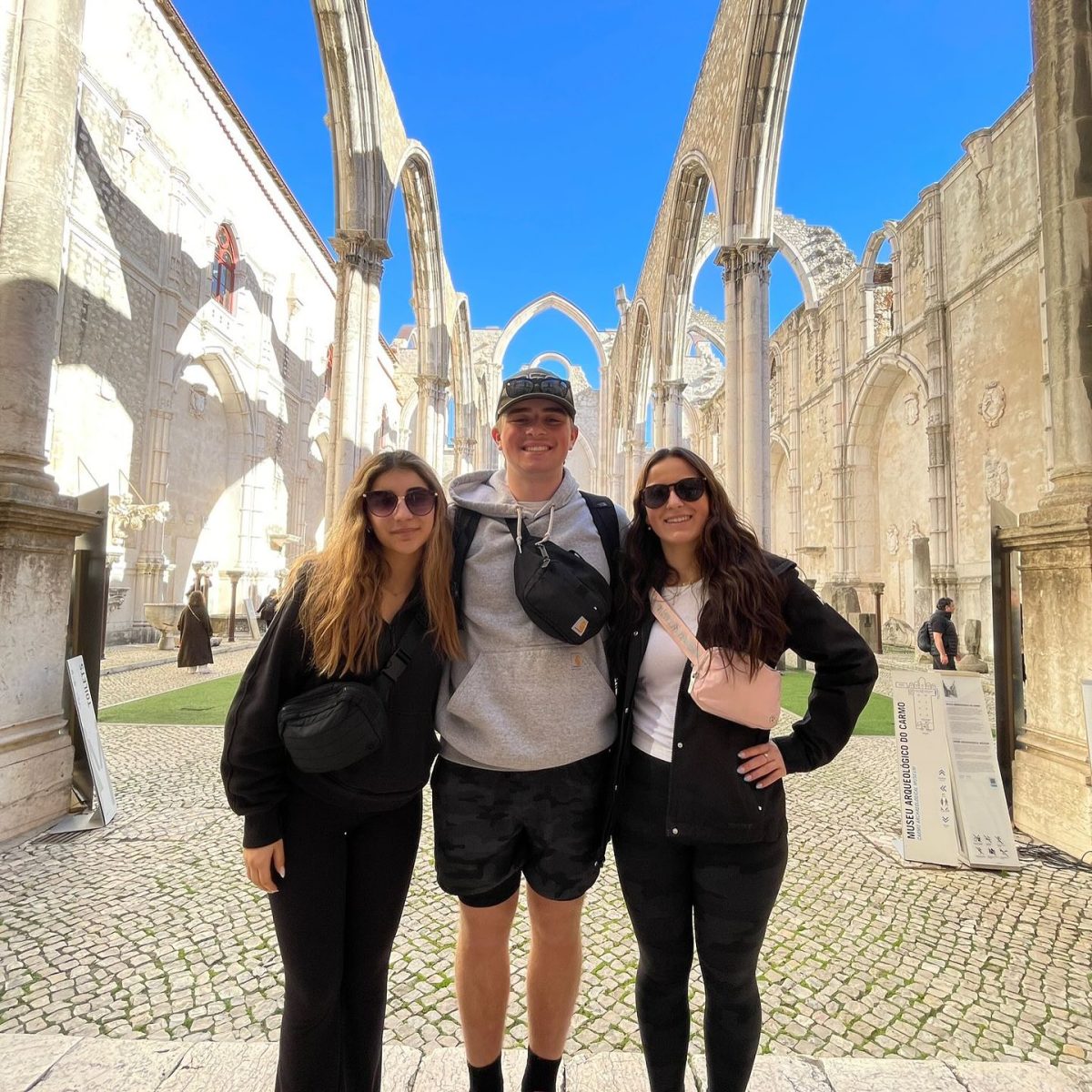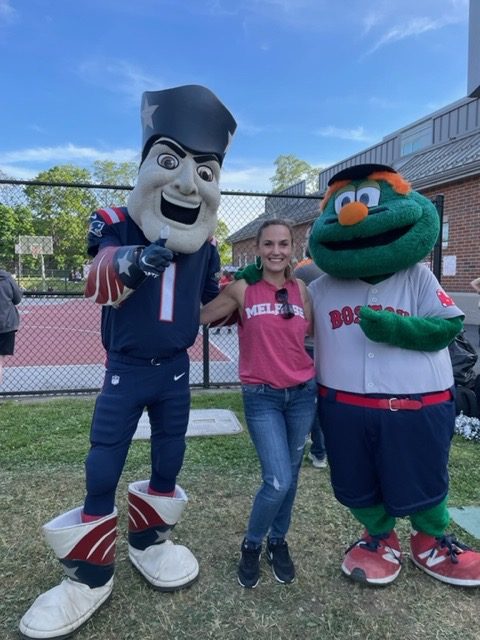by Adam Colbert
Every year the freshman class works on their CAP project and portfolio which makes up 10% of their final grade. Besides the points they earn for their grade, what do students gain from CAP?
According to my recent survey of 147 students, 39% of students were inspired to do more community service following CAP. Of that 56 people, 20 said they were inspired but did not actually do any more community service. That means one fourth of the students are continuing to do community service following CAP.
However based off of a yearlong Master’s degree project done by history teacher Pam Porter, most students (80% of 148) believe that they have gained something from the experience whether they continue to do community service or not. Some areas students have grown in include responsibility, communication, maturity, a commitment to community involvement and presentation skills. Nearly 70% have learned to be more responsible, and 54% have both improved their communication skills and strengthened their commitment to community involvement.
The survey responses included a few suggestions for making the project more successful.
One student from Porter’s anonymous survey responded, “I feel as though CAP is a good program, however, doing it in groups makes it difficult. My group was stuck with no defined task to do, due to various ideas not being possible or turned down. This just resulted in nothing getting done and the members of my group having a large amount of difficulty doing CAP reports later.” Group projects are difficult to be fair, especially when the project takes place outside of school.
“You need to find something for yourself,” said sophomore Bennett Emery. “I think it has a possibility to be something good, but the way they’re doing it now, it’s not working,” said Emery.
Other students felt that it should not be a ninth grade project. A lot of 14 and 15 year olds have a hard time traveling from place to place outside of school to keep up with their community service. CAP may be a better project to do with seniors or juniors. The older students would have the responsibility to set up their own projects and could easily get themselves from place to place.
Another issue students face is doing community service only to get a good grade. “A community action project should be what the individual wants to contribute to their community, not teachers forcing students to do a certain type of community service for a grade,” says one student in Porter’s survey.
Sophomore Michael Pollard believes students are not being honest in the portfolios when it comes to community service times. “They should have students go out and do their own community service and have the place sign off saying the students did community service.”
Sophomore Erica Davis thinks CAP is a good project. She and her class last year learned about many community organizations. “It opened my eyes to Agape,” she said.
Several students from Porter’s survey said they have gotten jobs from the project. “I know that my CAP project helped me learn how to coach and work with little kids. Also I got a job out of [my project] because now I am a professional gymnastics coach!” said one student.
“I also stuck with my CAP project because I really liked what I did. Andrews Helpful Hands was probably the best opportunity I have ever had. I stuck with it and I still love it,” said another student.
Inspiring 25% more people to do community service is important. CAP is still a positive program that is helping students become better people.





